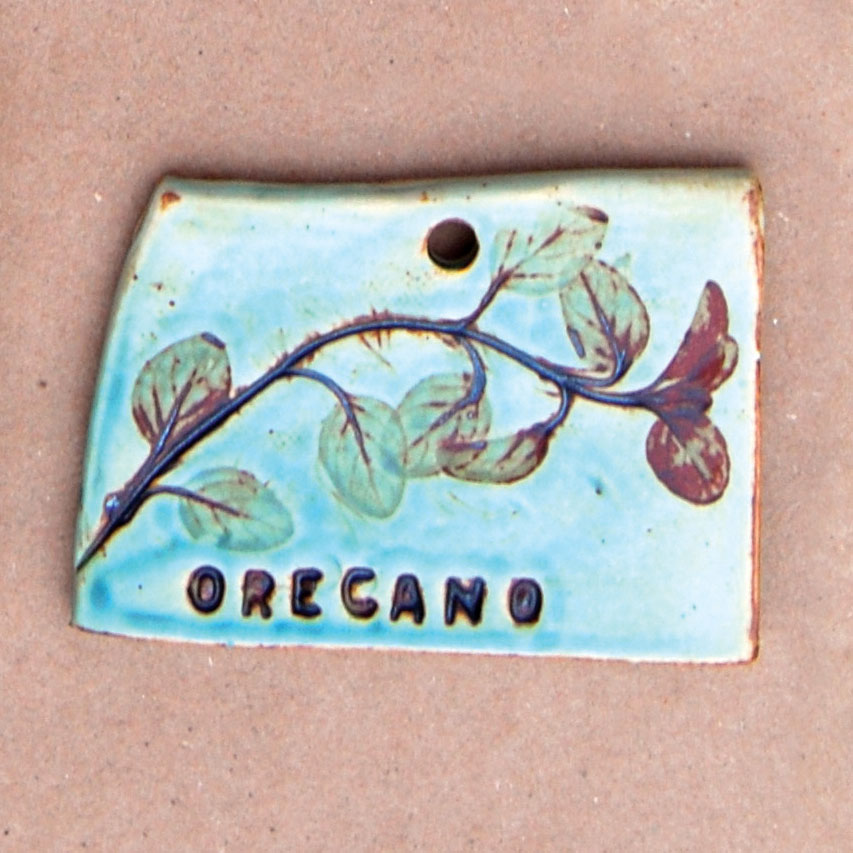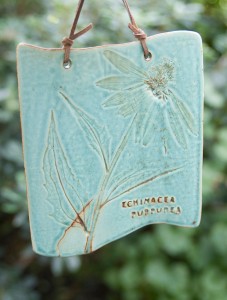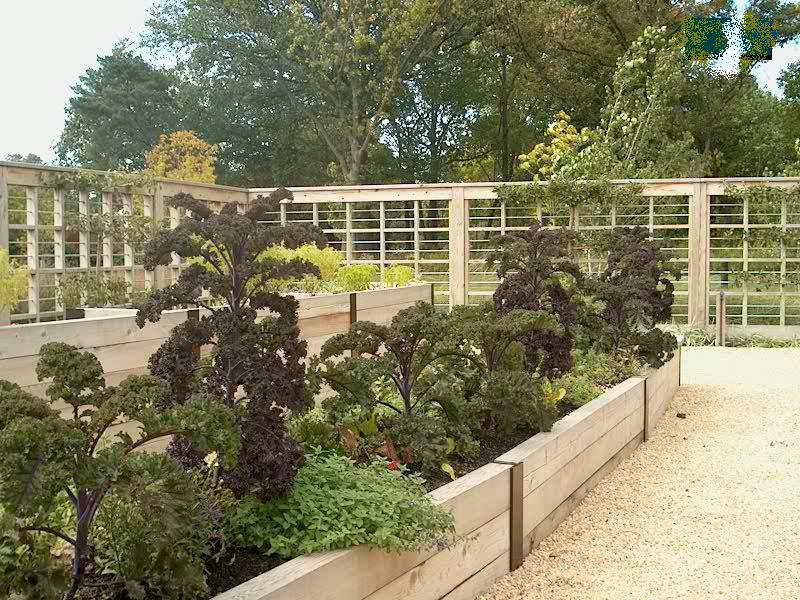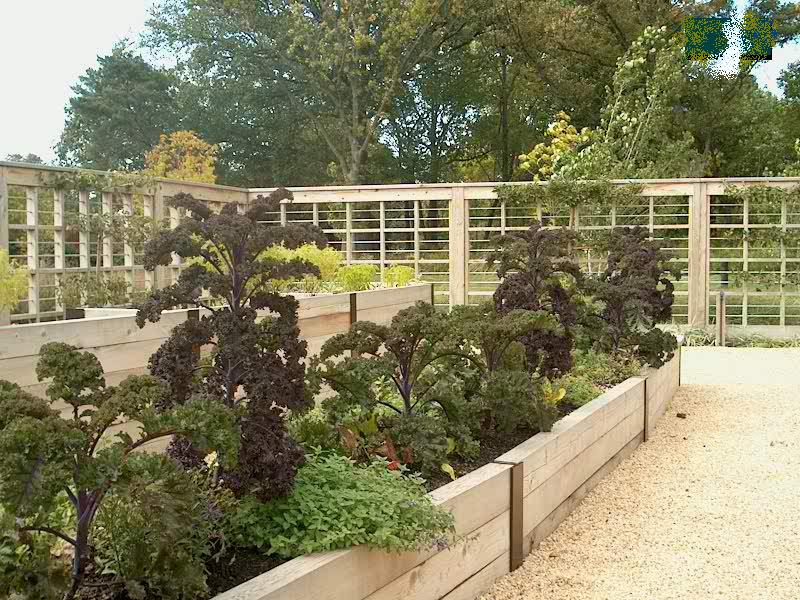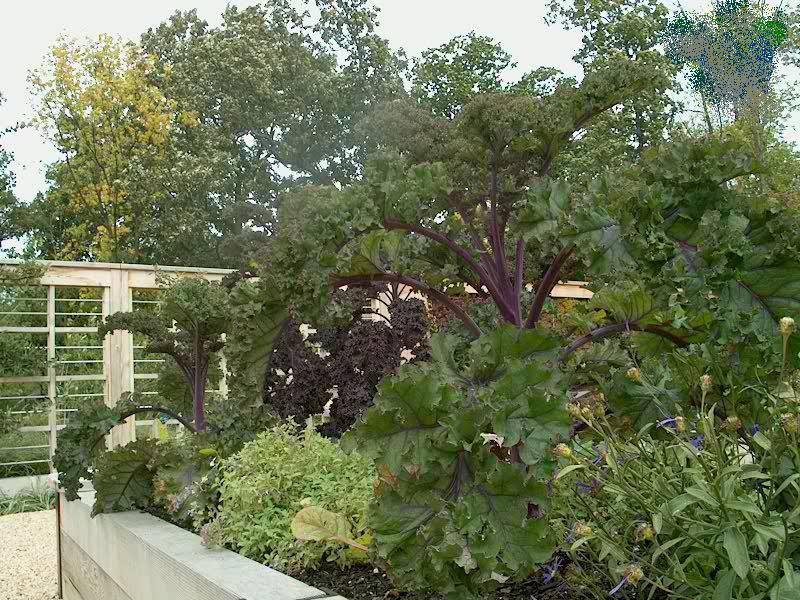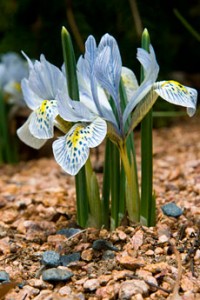One of the advantages to working as an editor here is being among the first to read about new classes offered by the Joseph Regenstein, Jr. School of the Chicago Botanic Garden. Last summer, after proofing a description of a prairie plant wall tile class led by artist Janet Austin, I immediately registered for it, as did my web-design colleague Christina. I was a bit dubious, having last taken an art class in sixth grade, but this workshop sounded too intriguing to pass up.
When that Sunday rolled around, Christina and I joined a group of other adults eager to make art using plants. After we had gathered in our Garden classroom, Janet introduced herself and explained that we would be choosing among the prairie flowers and grasses collected in several vases and pressing them into clay. After that, we were to use tiny dried pasta letters to spell out the plants’ names—or anything else we wanted to “write.“ The pasta would be incinerated in the kiln, leaving only the imprinted letters. Clever!
We both chose bold purple coneflower. I thought it had a shape that would translate readily onto clay, unlike (I thought) the spindly looking Queen Anne’s lace next to it. I resumed my seat and looked down at my slab of clay, fighting a kidlike impulse to begin squishing it around madly. My mature adult nature asserting itself, I carefully pressed my coneflower into the slab, then lifted it up and took a look. Hmm. Not much there. I pressed harder. This time, I could see the contours of the leaf, the stem, and an array of pinprick dots left by the stiff cone.
Next came the letters. I shook the box of alphabet pasta over my desk, then began searching for the correct letters to spell out “purple coneflower” while Christina used the plant’s Latin name, Echinacea purpurea. Then we students wandered around, admiring what the others were doing. Best of all was picking up our tiles a few weeks later, after Janet had applied verdigris glaze and fired the pieces. Amazing! Beautiful! Artistic! I made that?!
I gave my tile away as a holiday gift, but Christina still has hers, pictured here. As it turned out, one of the most beautiful tiles of all featured Queen Anne’s lace. Who knew its delicate beauty would translate to clay so well? The grasses were gorgeous, too.
Janet is offering another wonderful prairie plant tile class on Thursday, March 14 — the Garden Marker Tile Workshop — creating the same style of tile, but in a set of hanging row markers for your garden’s bounty. Don’t miss out on the fun!
©2013 Chicago Botanic Garden and my.chicagobotanic.org

